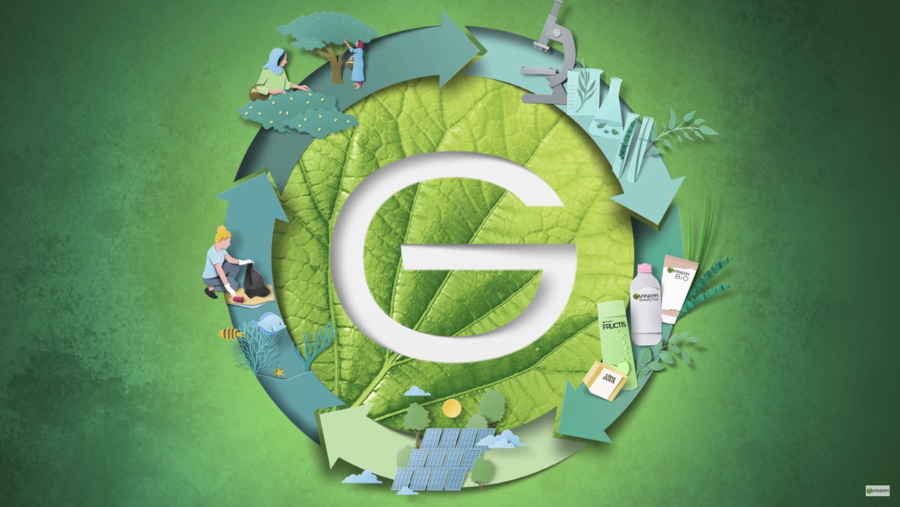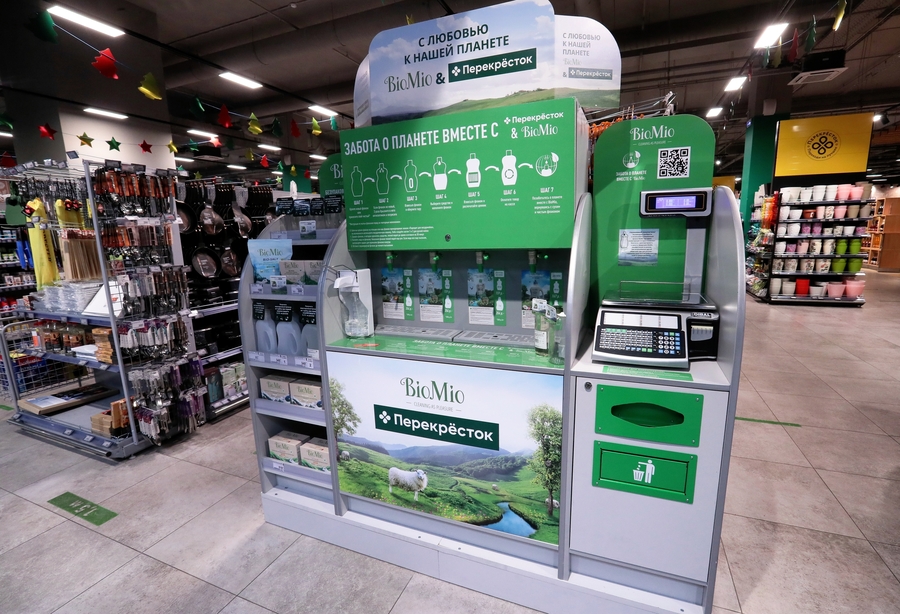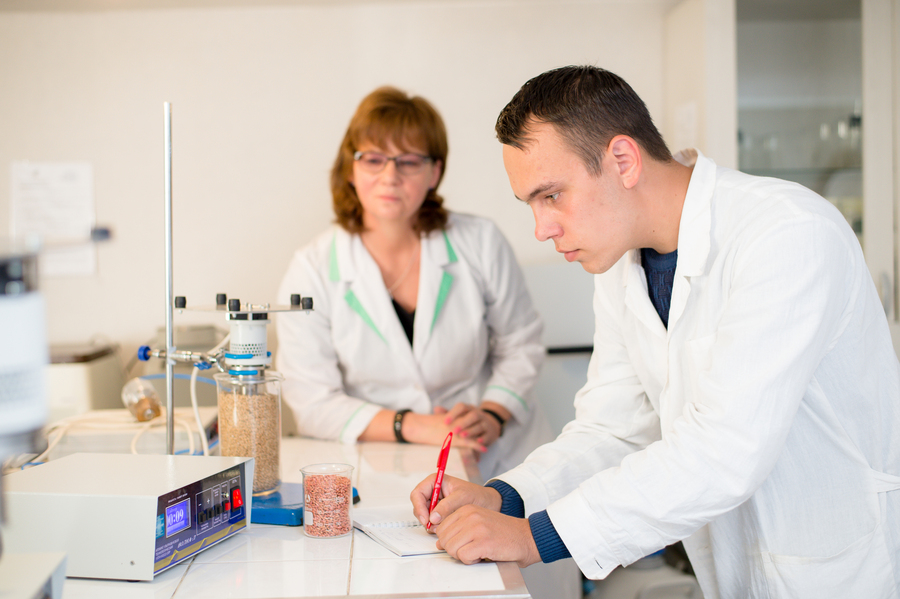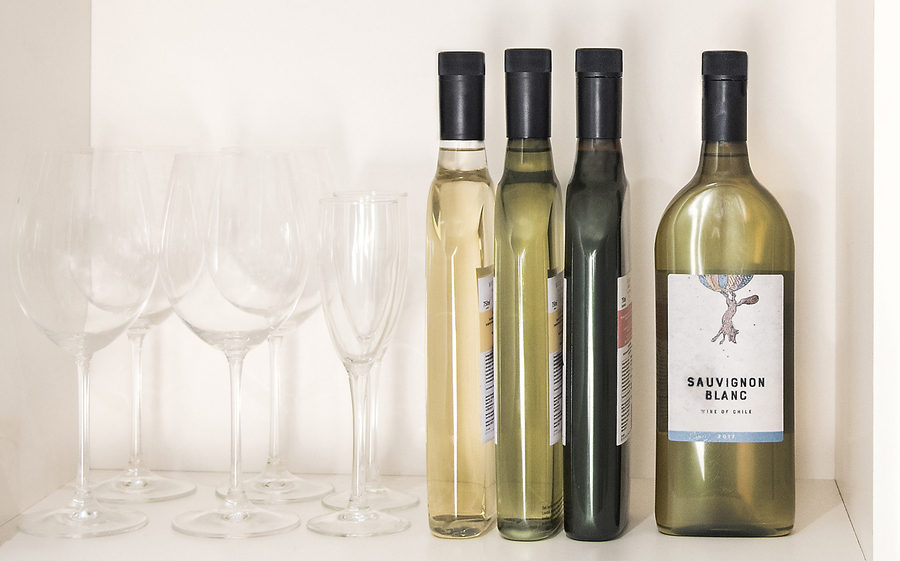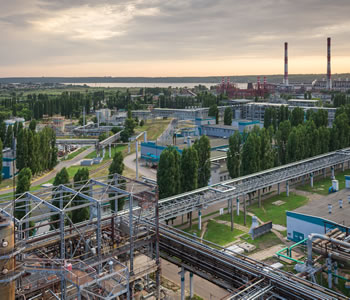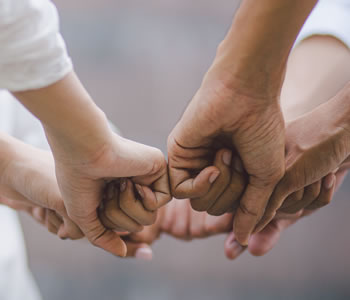On 2 February, a webinar entitled “Trends in the packaging market in 2021” was hosted on the SIBUR Business Practices platform. Vera Bokareva, an independent expert observer and business coach, spoke about trends in the global and Russian markets, how these markets complement each other and how the pandemic has affected the industry. Those who took part in the webinar also found out about new solutions and formats in the packaging sector and about alternatives to traditional polymers.
According to the speaker, the macroeconomic trends in the global plastics market remain unchanged: the global recession, trade wars, environmental concerns, urbanization and de-globalization. If we try to classify the tendencies which have changed the packaging sector in recent years, we can identify three broad themes: safety, sustainability and globalization.
Safety
The first theme gained particular significance from the outset of the COVID-19 pandemic. In terms of how this period has affected the consumer market, the speaker shared three key trends. First of all, online trading has become more relevant. Second, plastic continues to maintain its value: more and more research confirms that we have almost no alternatives. Third, there is now a greater focus on health, and this will continue into the near future. In connection with this, the expert predicts the emergence of new niches. For example, in recent months, the disposal of personal protective equipment has been seriously discussed. There also remains the complex situation of opening the borders, and domestic producers have a good chance of strengthening their position. The expert recommended that market actors should see the additional demands brought on by the pandemic as a new area of growth, an opportunity to develop and propose cost-effective solutions, which would allow problems to be identified swiftly and safety to be maintained.
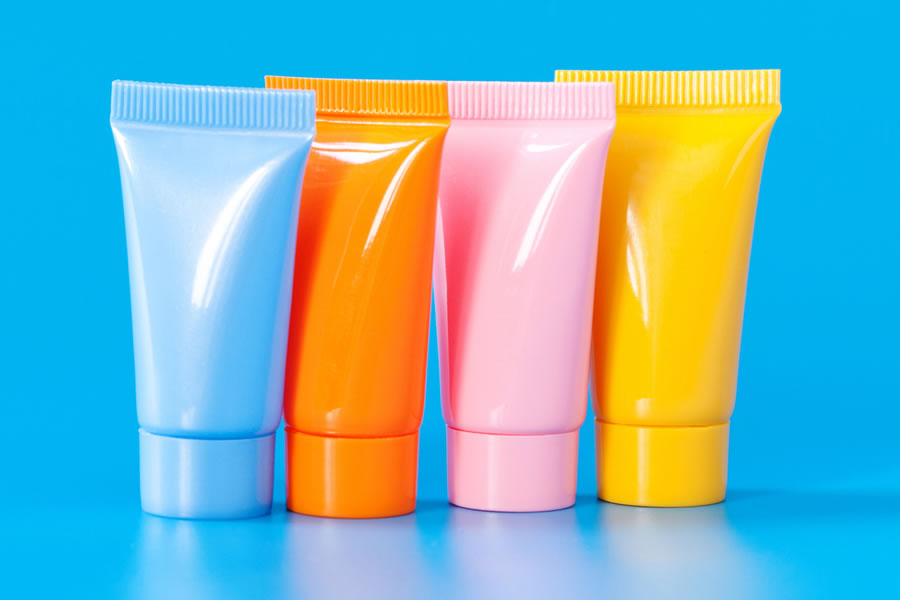
Packaging will be revolutionised by trends towards safety, eco-friendliness and globalisation.
Sustainability
In mainstream discourse, sustainability is defined, first and foremost, as environmental protection. Notably, customers are paying more and more attention to sustainability. According to new research published by Smurfit Kappa (one of the leading European producers of corrugated packaging), 35% of people polled in Germany, Ireland, the Netherlands and the United Kingdom refuse to buy goods if producers use packaging that is not safe for the environment. Meanwhile, 23% of respondents repeatedly buy products from brands if they trust their environmental reputation. For Russia, this is not such a significant issue yet, but in 3-5 years’ time, this will have become part of our reality as well.
For many years now, a large number of global companies have placed great emphasis on reducing their carbon footprint - the damaging effects of their business on the natural world. For example, Nestlé India plans to recycle or reuse all of its packaging by 2025. Pepsi hopes to stop using virgin plastic in nine European Union markets by 2022, and move to only using recycled plastic in their bottles. Amcor has promised to make all of its packaging suitable for repeated usage or secondary recycling by 2025.
Garnier aims to use zero virgin plastic in its packaging. Photo: garnier.ru
According to new research published by Smurfit Kappa (one of the leading European producers of corrugated packaging), 35% of people polled in Germany, Ireland, The Netherlands and The United Kingdom refuse to buy goods if producers use packaging that is not safe for the environment
Garnier provides an example of a systemic approach to sustainable development. The brand is launching a sustainable development project called “Green Beauty”, in order to minimize their impact on the environment. By 2025, the company plans to eliminate the use of virgin plastic in its packaging. Instead, all packaging will be reusable, recyclable or suitable for composting (this is also a response to the demands of European consumers, who expect brands to use more responsible types of packaging). Garnier’s production enterprises are gradually becoming carbon-neutral - today, carbon dioxide emissions have already been reduced by 72%.
Reusable solutions are gaining popularity. For example, P&G Beauty have launched their first range of reusable aluminium shampoo bottles. Throughout 2021, the brand plans to reduce the volume of virgin plastic used in its packaging by 50%, and by 2030 hopes to use recyclable or reusable packaging exclusively.
Russian retail is also gradually coming across to the idea of reusable packaging. From January 2021, stations for bottling BioMio household chemicals have been set up in several Perekrestok supermarkets. The customer can pour detergent into a reusable container themselves, print a price tag and pay for their purchase at the check-out.
In separate shops, reusable mesh carrier bags appeared several years ago. As Vera Bokareva noted, it is still difficult to imagine that Russian consumers will completely turn away from familiar plastic carrier bags, but the emergence of similar start-ups, is testament to the fact that people are interested in this.
Household chemical filling stations at the supermarket chain Perekrestok. Photo: Vitaliy Belousov/RIA Novosti
Russian retail is also gradually coming across to the idea of reusable packaging. From January 2021, stations for bottling BioMio household chemicals have been set up in several Perekrestok supermarkets. The customer can pour detergent into a reusable container themselves, print a price tag and pay for their purchase at the check-out
Polymer producers are also refining their own production. Braskem America has launched a new grade of polymer: a material that resembles PET in its visual properties, but better insulates heat - this allows it to be used for packaging prepared food in grocery stores and fast-food restaurants. An example of functionality that does not add to the price of the product is Lumirror STM Soft-Touch: a POLIEF film created by the Toray company, which is opaque, soft and wear-resistant. It is targeted towards sectors such as confectionary products, coffee and animal feed.
The expert devoted special attention to the theme of bioplastics, which is rapidly growing in popularity.
According to projections made by Research and Markets, the biodegradable plastics market is growing on average by 9.4% in monetary terms every year, and by 2027 the total value of the market will reach $7.6 billion. The stimulus for this has been a host of laws banning single-use plastics, as well as the environmental awareness of consumers. Biodegradable plastics are produced mainly from starch, polylactic acid and polyhydroxyalcanoates. Bacardi, working in partnership with Danimer Scientific, has set out to launch the production of plastic bottles in 2023. The new material, which we get from natural palm oil, rapeseed and soy beans, completely decomposes in soil, water or compost over one and a half years. In Japan, bioplastics have been developed from wood - the most heat resistant of all plastics, it is very soft, durable and malleable, and also decomposes rapidly in natural conditions.
There are also interesting examples of Russian developments. For example, a type of clingfilm has been developed at the Astrakhan State Technical University, which is derived from gelatin from fish scales. In addition, a biodegradable polymer, made using ultrasound from the secondary products of recycled seeds, has already been patented by the South Ural State University.
Undergraduates from the Higher Medical and Biological School at South Ural State University have created a biodegradable polymer. Photo: susu.ru
ACCORDING TO PROJECTIONS MADE BY RESEARCH AND MARKETS, THE BIODEGRADABLE PLASTICS MARKET IS GROWING ON AVERAGE BY 9.4% IN MONETARY TERMS EVERY YEAR, AND BY 2027 THE TOTAL VALUE OF THE MARKET WILL REACH $7.6 BILLION
The inconsistency here is that the effectiveness of bioplastics is not yet proven.
Indeed, Liza Zimmerman, from the Goethe University in Frankfurt, made it clear that after testing 43 different products, consisting of nine types of bioplastics, these materials were found to contain a host of impurities. Even the purest of these displayed 190 different compounds. Most of these chemicals contained plastics derived from starch and cellulose. The results of this research have been published in the scientific journal Environment International. As such, it is still premature to talk about modern bioplastics for the future. “It is not so much worth contemplating investing in the production capacity for bioplastics, as it is working on the technology itself”, the speaker remarked.
With regard to sustainability, it is essential not to take too narrow a view. One of the most important aspects of sustainability is the economics of joint usage, which is reflected in joint acquisition, time-banking and co-working. “For us, this concept is useful in that we don’t just try to find an optimal approach in terms of goods, but also in terms of human resources. After all, sustainability is not just about conserving natural resources”, added the expert.
An example of sustainability in logistical operations is the joint start-up Amcor and the British company Garcon Wines, whose flat wine bottles are completely suitable for secondary recycling. The glass in these bottles is 87% lighter, which, along with the new shape, economizes on resources used during transportation - from fuel, to container space.
These recyclable flat wine bottles from Amcor and Garçon Wines are 87% lighter than glass bottles. Photo: garconwines.com
Sustainability in electronic commerce, which will see its share of the total market rise to 20% by 2025 according to data from the Ministry of Industry and Trade of the Russian Federation, will be accompanied by adaptations in the materials, construction and design of products, which can attract customers. Brand owners are paying particular attention to premium packaging. This could be embossed foil, sculpted figures, new forms of Web-to-print, which allow the customer to order personalized packaging. Packaging in electronic commerce will also have to adapt to work with automated systems and applications. Ulrich&Horn have already created SECURIKETT, a security tag with a double RFID/NFC chip and additional QR-code. This can be used together with an app for monitoring goods being delivered. Similar security solutions are becoming cheaper. In 2020, for example, Kriotech, which was established by the venture capital fund of Tomsk State University, developed and patented technology for the production of self-activating thermometers, which are 20 times cheaper than foreign equivalents. These thermometers automatically change color if the transport container is exposed to even a marginal increase in temperature, and allow for the investigation of what caused the breach in temperature conditions. During this process, the new technology has almost no impact on the final price of the product.
Anti-intrusion packaging, which does not allow the contents to be replaced and makes counterfeiting goods more difficult, is also increasing in popularity. This could be the final piece of the protective ring, a stamp or label, valves, membranes, hidden protection (additional visual effects, micro-text, built-in elements)
Anti-intrusion packaging, which does not allow the contents to be replaced and makes counterfeiting goods more difficult, is also increasing in popularity. This could be the final piece of the protective ring, a stamp or label, valves, membranes, hidden protection (additional visual effects, micro-text, built-in elements).
Another trend in the market is packaging solutions for elderly people. For example, Sanner has developed a roof for effervescent tablets which is very easy to open. If we take into account the ageing population, similar solutions are likely to become more popular, at least in Europe.
Urbanization
According to analysts’ forecasts, by 2050 two-thirds of the global population will be living in cities. The expert reminded us that the more people move to cities and choose a more secular way of life, the greater packaging formats they will require. Even the transformation of the institutions of marriage and family has its own role to play here. It is leading to a situation where more and more households consist of only one or two people, and don’t have any need for family-friendly packaging. Meanwhile, situation-dependent consumption has come to the fore, meaning that adapting the format and materials of packaging, while maintaining functionality, is increasingly important.
In terms of the main benchmarks on the Russian market, Vera Bokareva advised us to take into account that global companies remain our guides to finding new solutions. It is precisely their policies, short-term and long-term goals which it is worth market actors paying attention to. If the key task in the Russian packaging market is still suitability for secondary recycling, then this phase has largely passed for European and American companies, who are now concentrating on technology and innovation. This not only allows them to adequately meet the challenges of the present day, but also to predict future trends.
Download PDF


